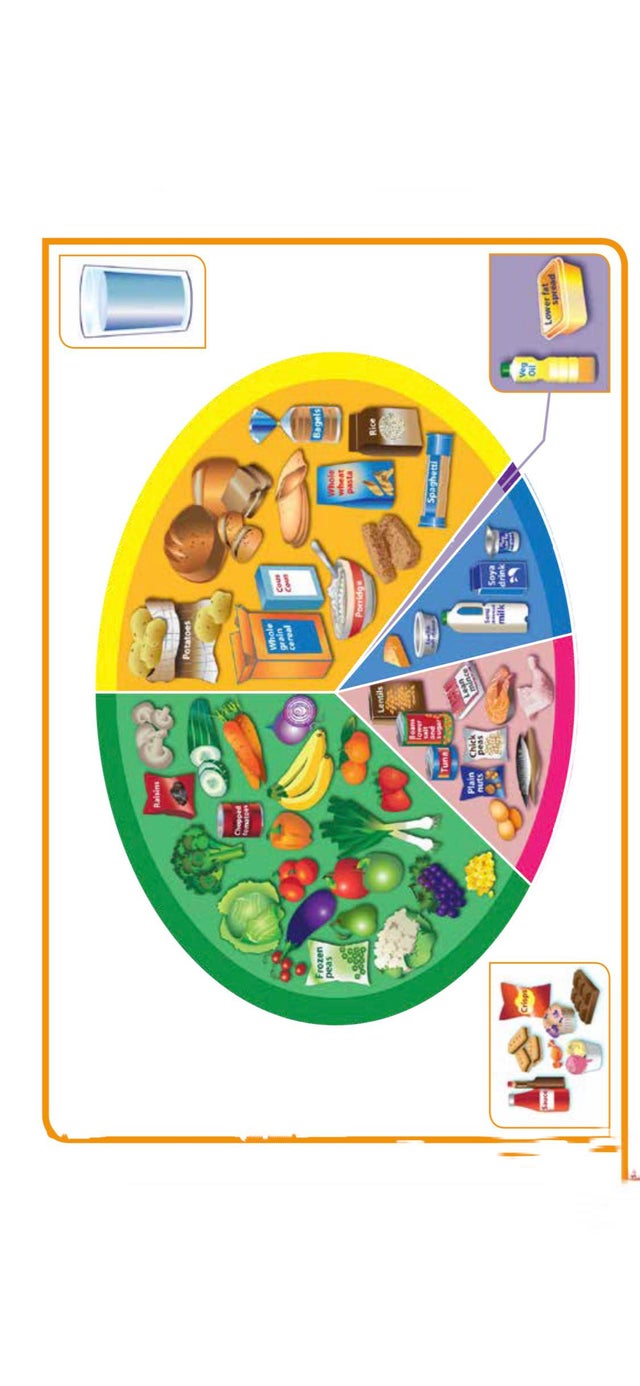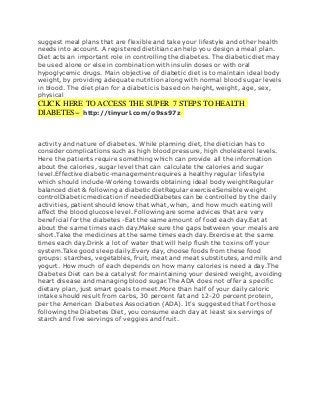
Dr. Michael Blum holds the privileges of a board-certified Internal Medicine physician at Martin Memorial North/South, Tradition Medical Center, St. Lucie Medical Center. Home Reach, LLC, is his medical director. Nova Southeastern University is where he received his doctorate in Osteopathic medicine. Shands University of Florida, where he specialized on Internal and Cardiovascular disease. He has been practicing for over 32 year and is currently available in Martin County.
After graduating in the Philippines from the University of the East- Ramon Magsaysay Medical Center, Dr. Blum started his own practice in Alexander City. In 1999, he moved to Birmingham to start Southlake Orthopaedics Sports Medicine and Spine Center, which has since grown into a prominent orthopedic practice in the city. Dr. Blum has a background in orthopedics and focuses on sports medicine as well as joint replacement.
Dr. Blum earned his medical degree at the University of Florida College of Osteopathic Medicine in 1997. Since then, he has completed a residency at the University of Florida in Internal Medicine. He maintains a private practice in Stuart. Patients should verify that they are covered by their insurance before scheduling an appointment. This is especially important for people with limited or no coverage. This doctor is an excellent choice for those with limited or no health insurance.

Dr. Blum holds a board certification in Emergency Medicine. He also accepts most major insurance plans. He specializes in treating patients with bone and cartilage issues. He has also achieved success with Cosmetic Platelet Rich Plasma Technology and Cleft Lip Palate Repair. Dr. Michael Blum is a board-certified emergency doctor. Online appointments are also possible. It is an easy way to receive a medical consultation online without having to visit a doctor.
Dr. Michael Blum also holds an undergraduate medical degree. He is also a board-certified Family Nurse practitioner. He started his career as a student at the University of Florida. After graduating, he became a Venture Partners at Sofinnova Ventures. Camitro is a pharmaceutical company that he co-founded with teams in California, UK, and Cambridge. He was a consultant to numerous companies and organizations during his tenure.
FAQ
Cardio Exercise: Good or Bad for Your Health?
Cardiovascular exercise is a great way to improve your cardiovascular health. It improves blood circulation, strengthens your heart muscle, increases stamina, helps you lose weight, and gives you energy.
Cardiovascular exercise includes running, biking, hiking, swimming, tennis, basketball, soccer, volleyball, football, etc.
It is important to remember that cardio exercises should not be performed at high-intensity levels. Doing this could lead to injury.
The cardiovascular exercise should only be performed if you feel good.
You should never push yourself beyond your limits. You could injure yourself if you do.
Cardiovascular exercise is best done warm-up first. Gradually increase the intensity.
Always listen to your body. If you feel pain when doing cardiovascular exercise, you should immediately stop.
After a cardiovascular training session, it is recommended that you take some time to relax. This will allow your muscles to rest.
Cardiovascular exercise is a great way to lose weight.
It is the most efficient way to lose weight and stomach fat.
How To Build Muscles Fast?
Fast muscle building is possible by eating healthy foods and regularly lifting weights.
The best time to work out is early morning when you are fresh and ready for action!
Do push-ups, bench presses, squats, and other exercises.
Take a look at different weight training options and make sure to drink plenty of fluids throughout the day.
Is it true to say that protein overeating can lead to kidney stones?
Protein helps to maintain healthy bones, tissue, and skin. However, too much protein can result in calcium excretion through the urine. This can lead kidney stones.
Not everyone who eats more than 2g of protein per kilogram (2.2 lbs) of bodyweight will get kidney stones. Some people can eat high amounts of protein without getting kidney stones.
Your sodium intake can prevent kidney stone formation. Sodium regulates the body's water balance. Too much sodium can cause kidney stones.
If you have kidney stones, you can reduce your intake of protein. For most people, protein provides half their daily caloric requirements. Reduce your intake of protein and you will likely lose weight.
If you do decide to eat more protein, don't go overboard. Aim for less than 20% of total calories from protein.
Statistics
- By John Thompson Take a whopping 38% off a set of PowerBlock Pros. (menshealth.com)
- According to the American Academy of Dermatology (AAD), men over 50 are at a heightened risk of developing it. (healthline.com)
- The PRS enabled risk stratification for overall prostate cancer and lethal disease with a four-fold difference between men in the highest and lowest quartiles (HR, 4.32; 95% confidence interval [CI], 3.16-5.89). (pubmed.ncbi.nlm.nih.gov)
- According to the American Heart Association, blood pressure should be checked at least once every two years, beginning at age 20. (my.clevelandclinic.org)
- Cardmembers earn 5% Back at Amazon.com with a Prime Credit Card. (amazon.com)
External Links
How To
How can a man be fit in only 30 days?
Breaking down your fitness goals into manageable steps is the best way to reach your goals.
You need to make sure you are working towards the goal each day. This could mean anything from doing 10 pushups for 5 minutes to running 3km.
If you do this consistently over time, you will see positive results.
Be consistent is key. You have to keep at it until you succeed!
What is the difference between Aerobic Fitness (or Anaerobic Fitness)?
Anaerobic fitness refers the body's ability to do intense physical work while lacking oxygen. Anaerobic pathways provide sufficient energy for high-intensity exercise. Anaerobic pathways include glycolysis and creatine phosphate.
Cardio fitness is, in contrast to aerobic fitness, the practice of sustaining low-intensity exercise. The primary source of energy for aerobic exercise is oxygen. The aerobic pathway is more efficient than the anaerobic.
To run a marathon you need to first increase your aerobic capacity. If you only focus on building up your anaerobic capacity, you won't be able to finish the race.
Aerobic fitness is also referred to as cardiovascular fitness. The most common methods of determining cardiovascular fitness are step tests and VO2max testing.
Test VO2 Max
VO2 max refers to the maximum amount of oxygen (O2) used by the body during exercise. This test determines how much O2 your body can use during exercise.
This is the best test to assess cardiovascular fitness. The test is difficult to administer because it requires expensive equipment.
Step Tests
Step tests are simple yet effective methods of measuring cardiovascular fitness. These are based on your weight and age, they require you to run or walk on a track.
These tests are easy, inexpensive, and accessible almost anywhere. You can for instance walk on a treadmill 2 minutes, then stop for 1 minute. Your heart rate should remain within a specific range throughout the whole session.
This method is known as the "Bruce Protocol". Bruce himself was a runner who developed this protocol after he realized that his heart rate would not increase when he ran longer distances.